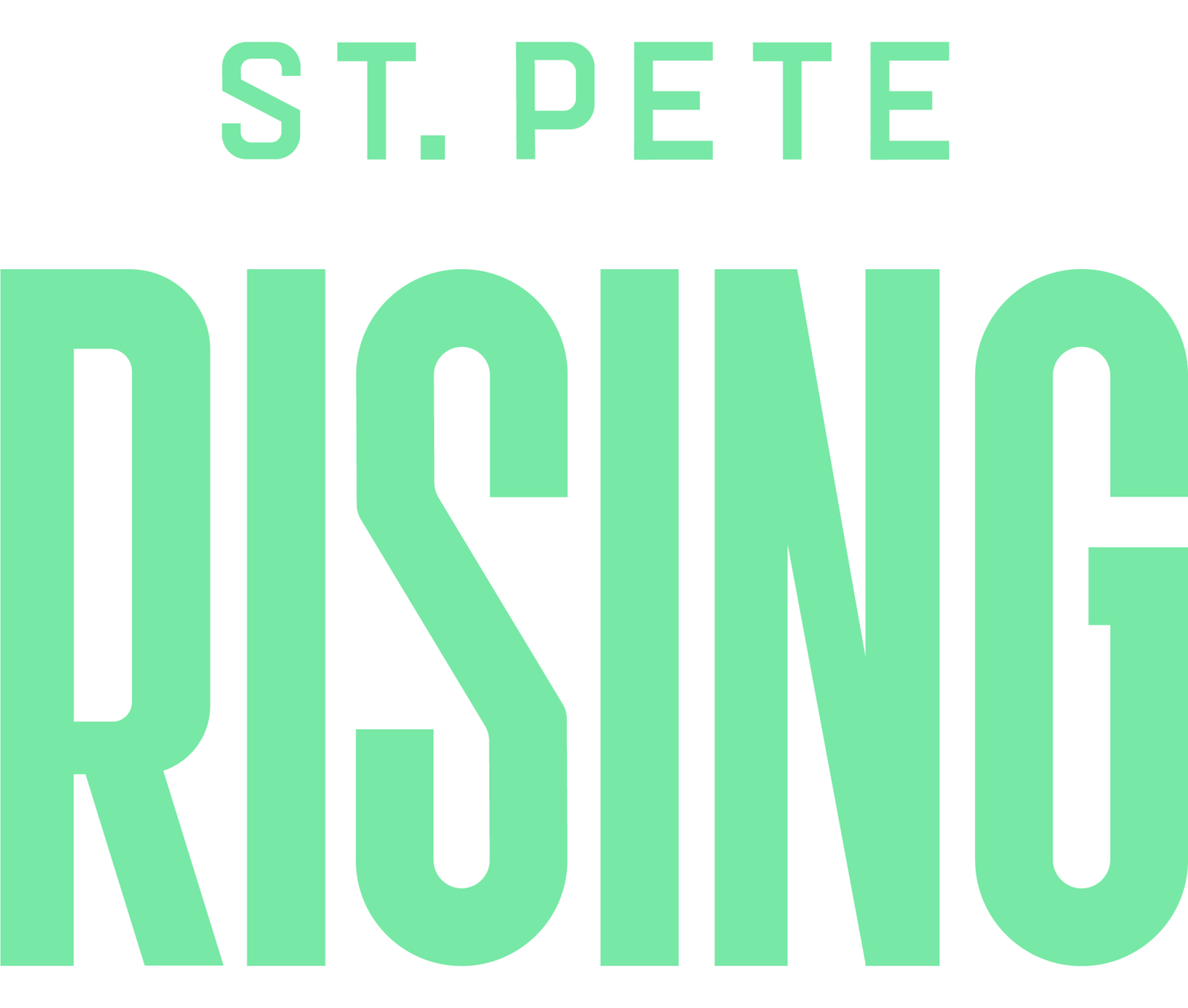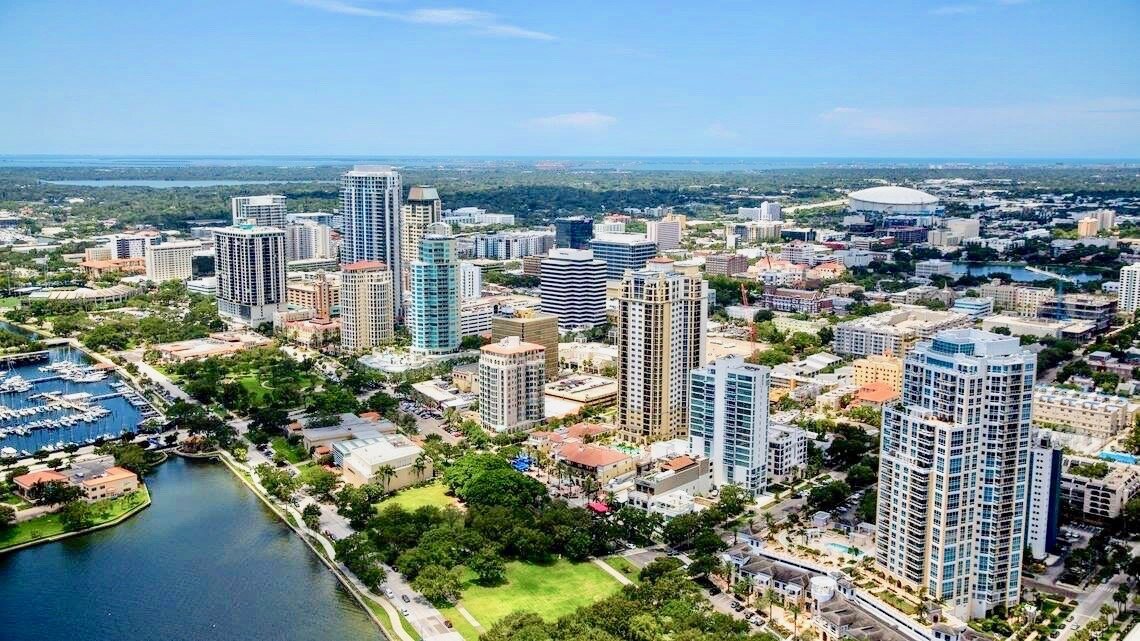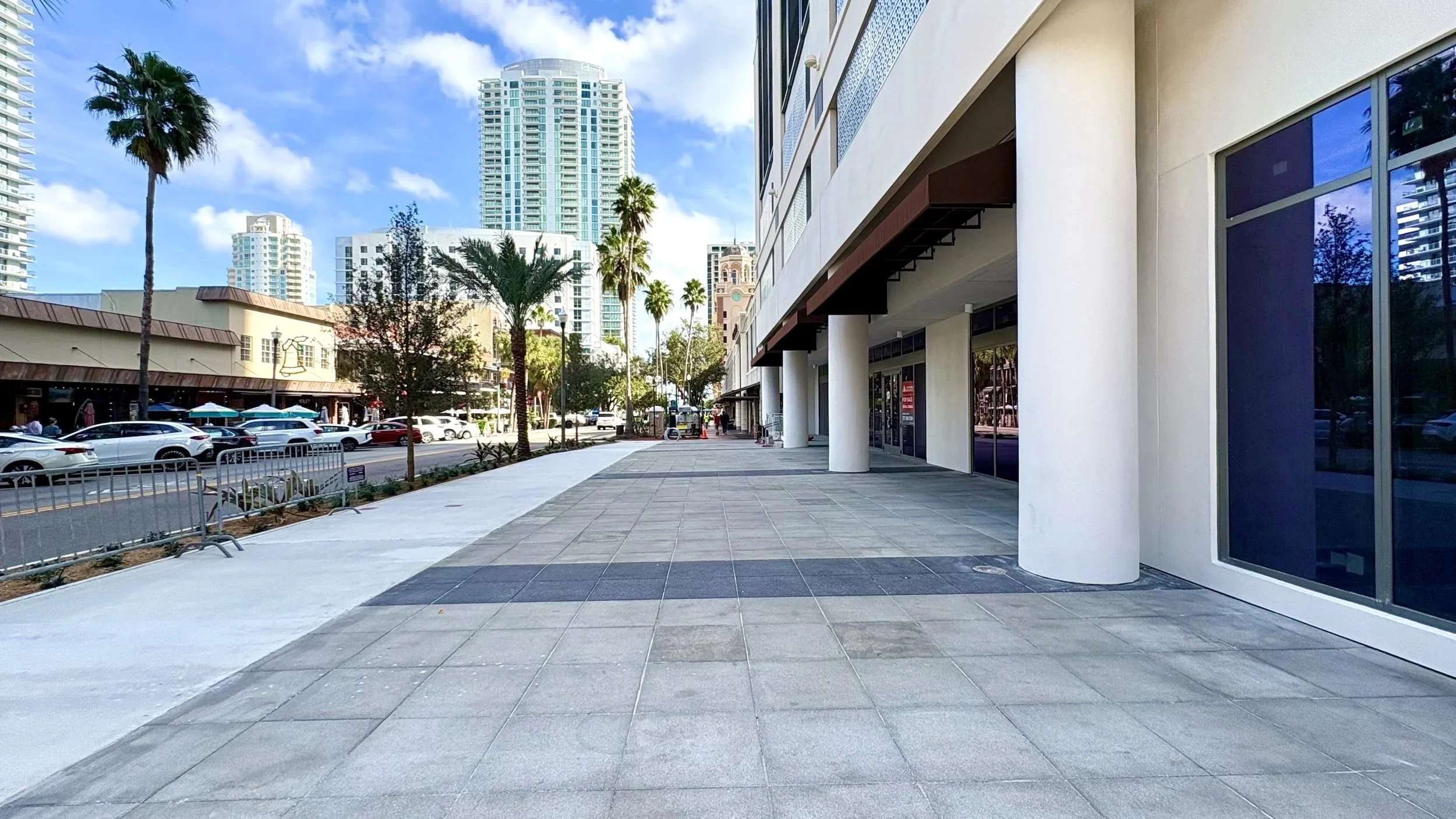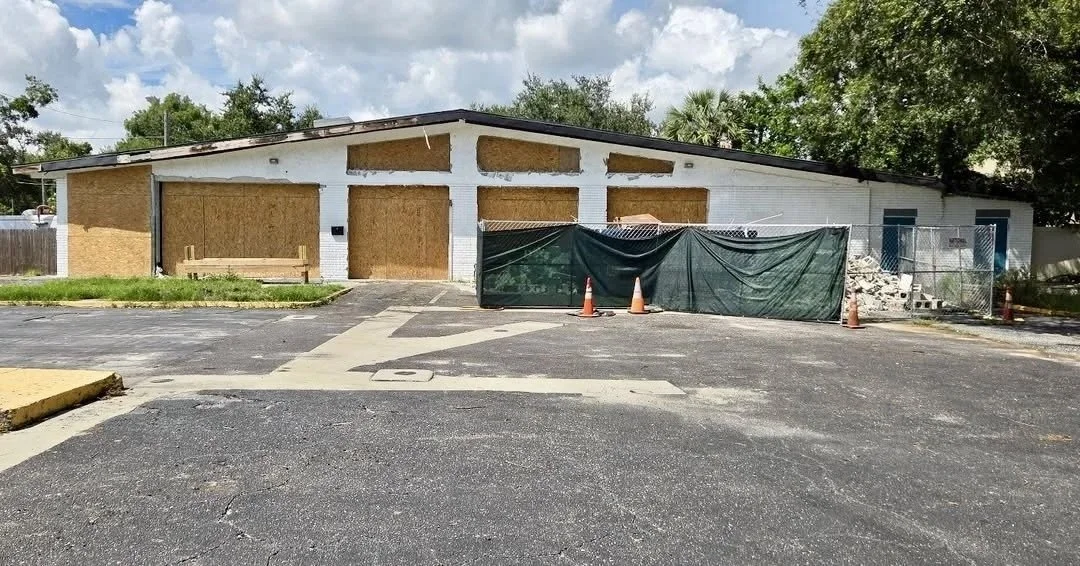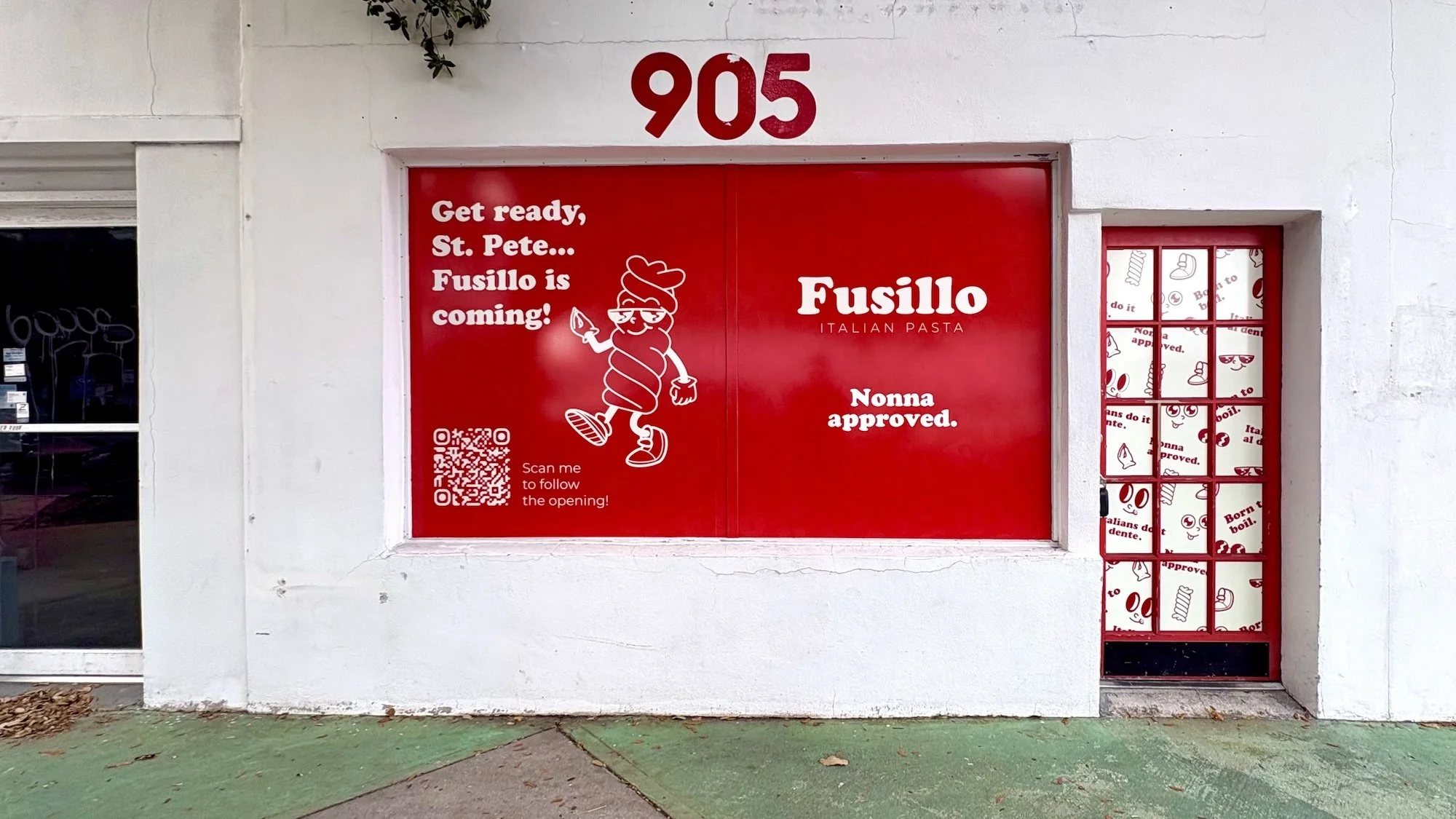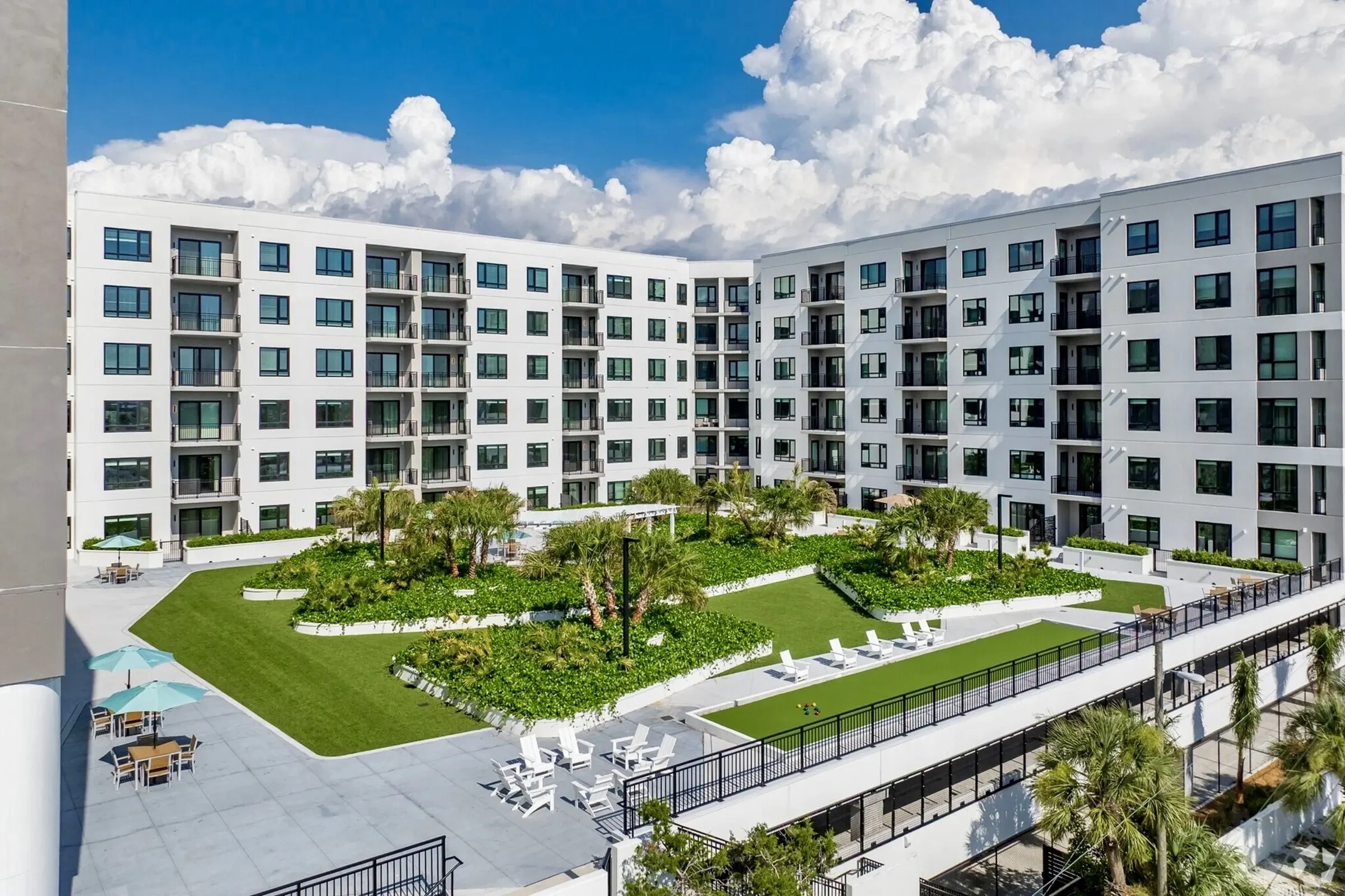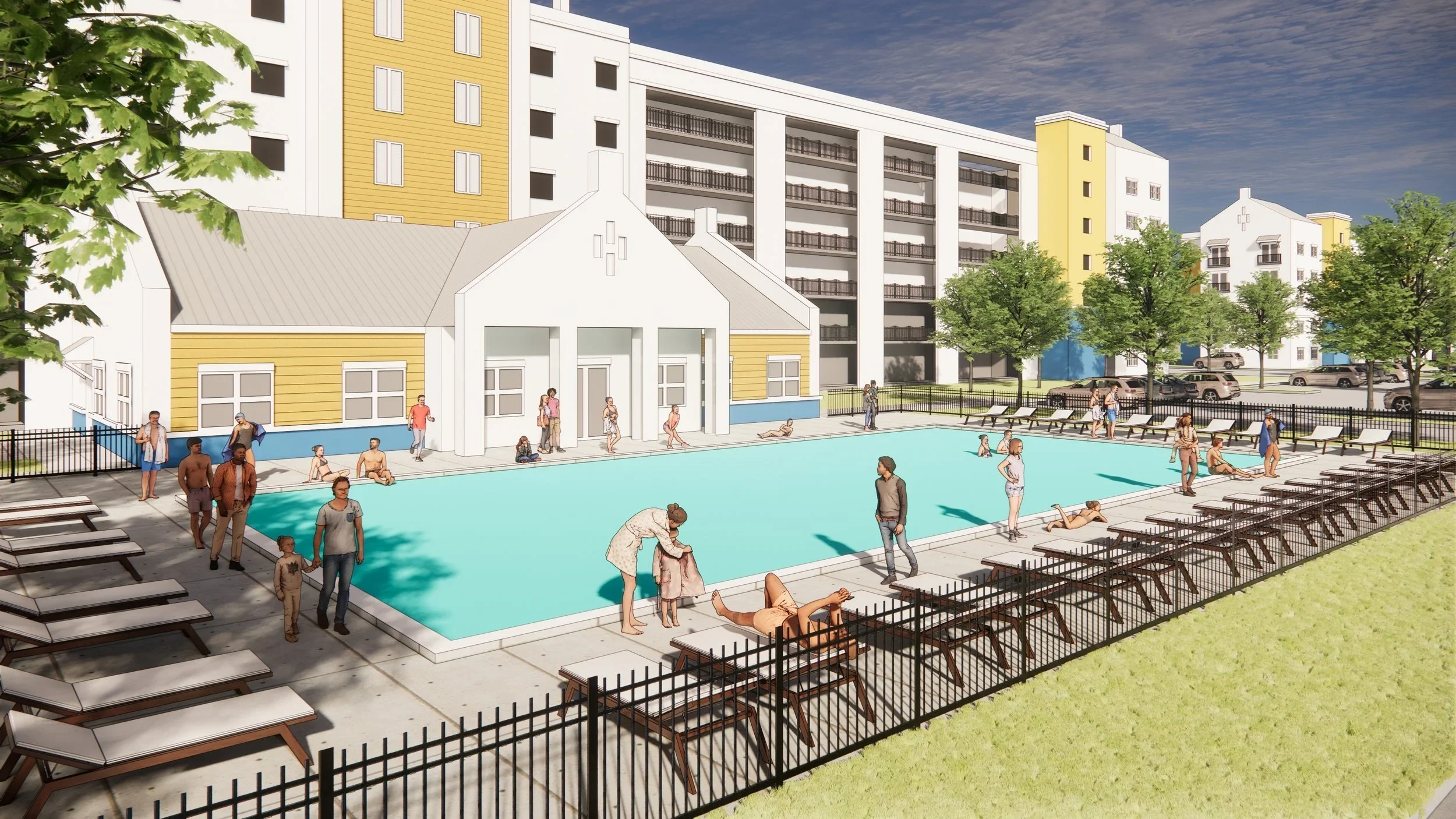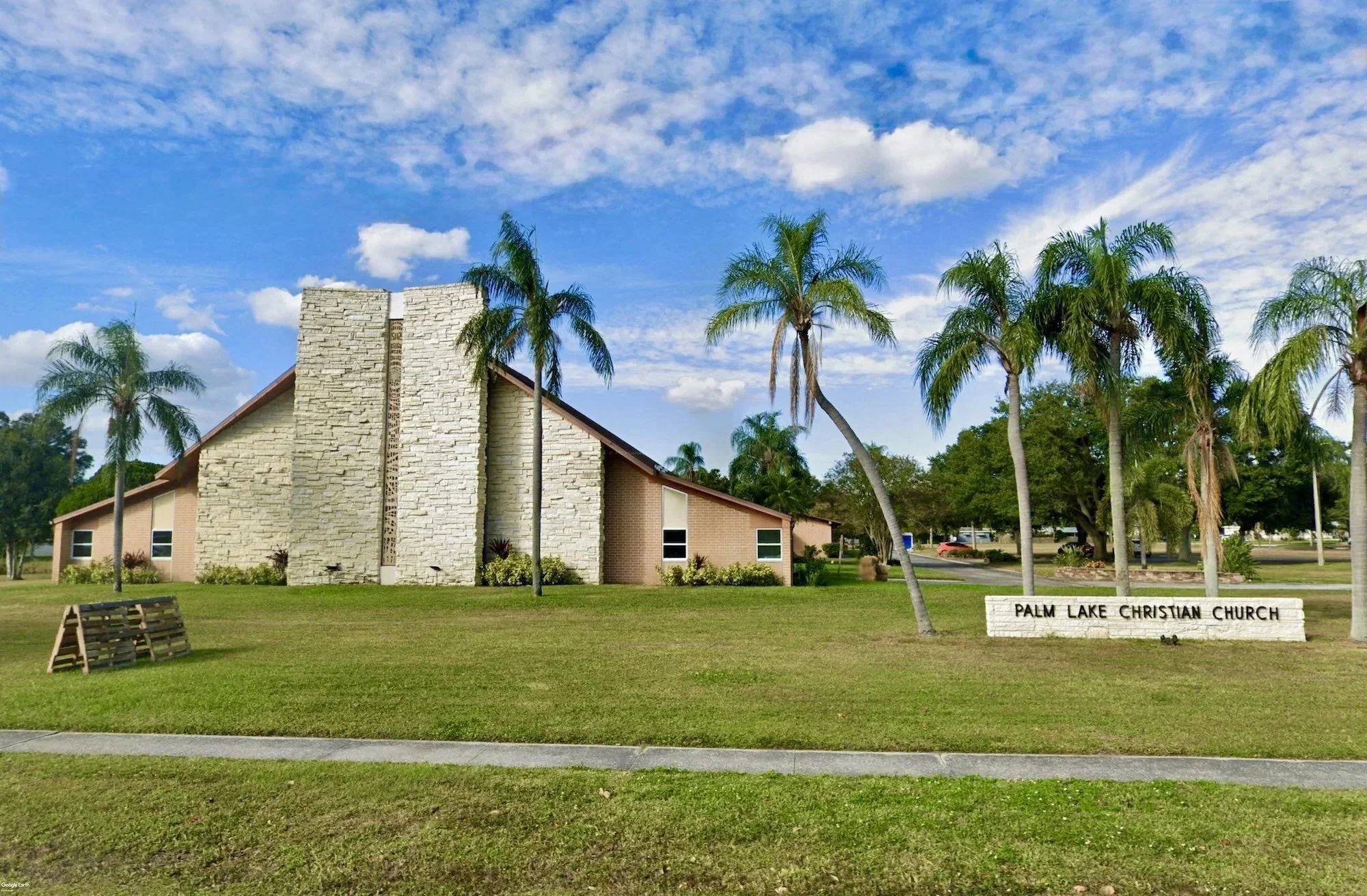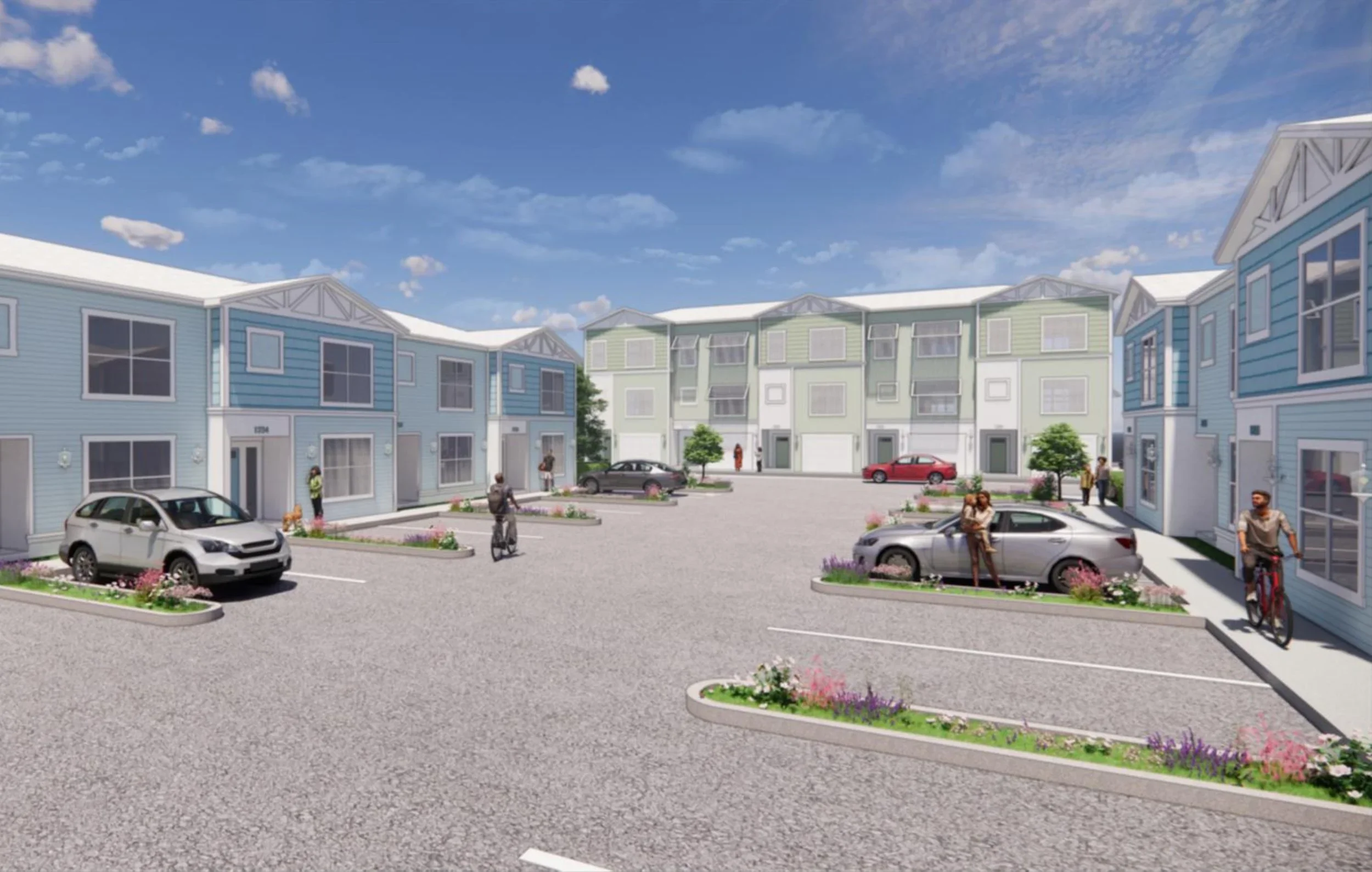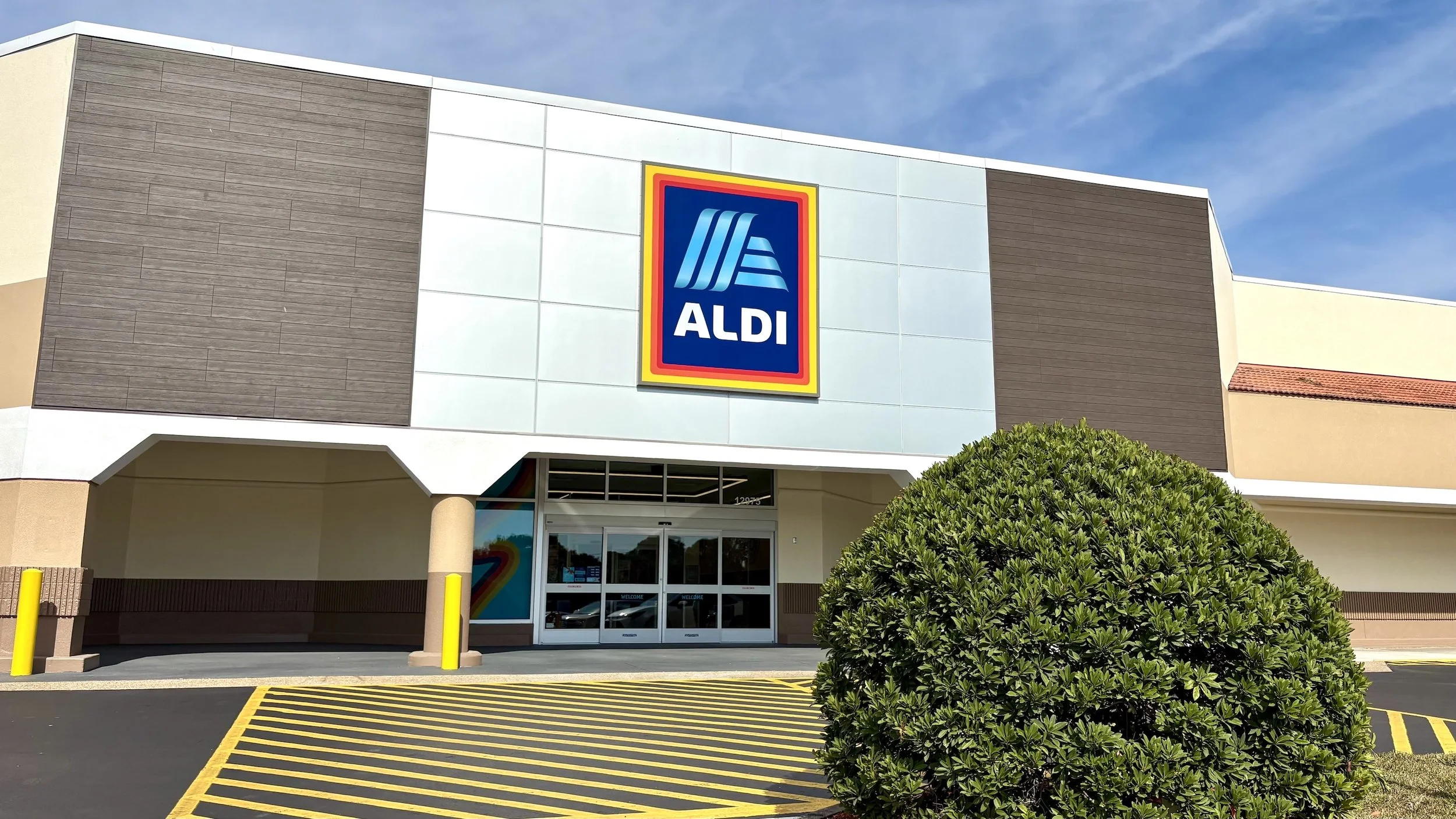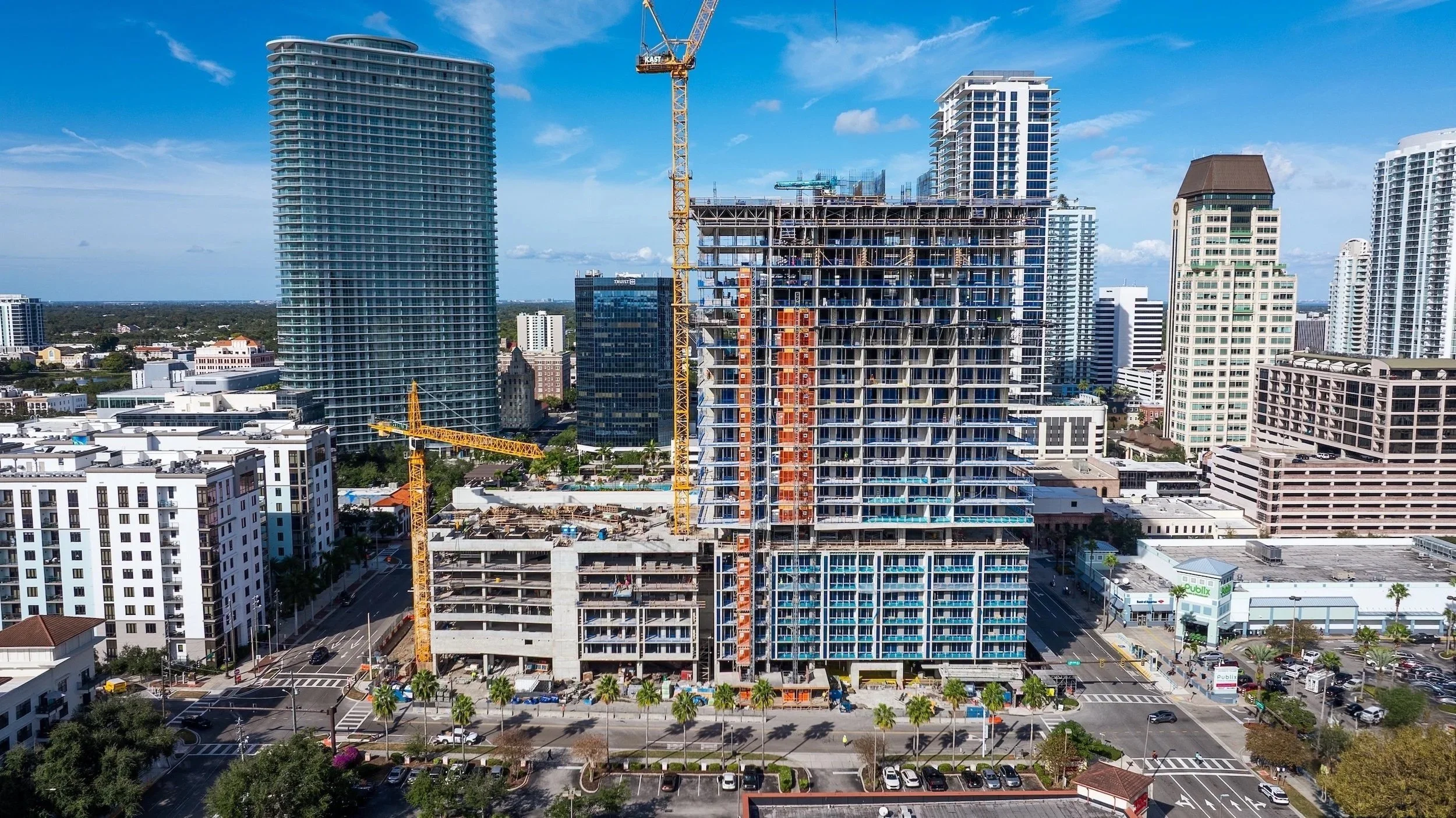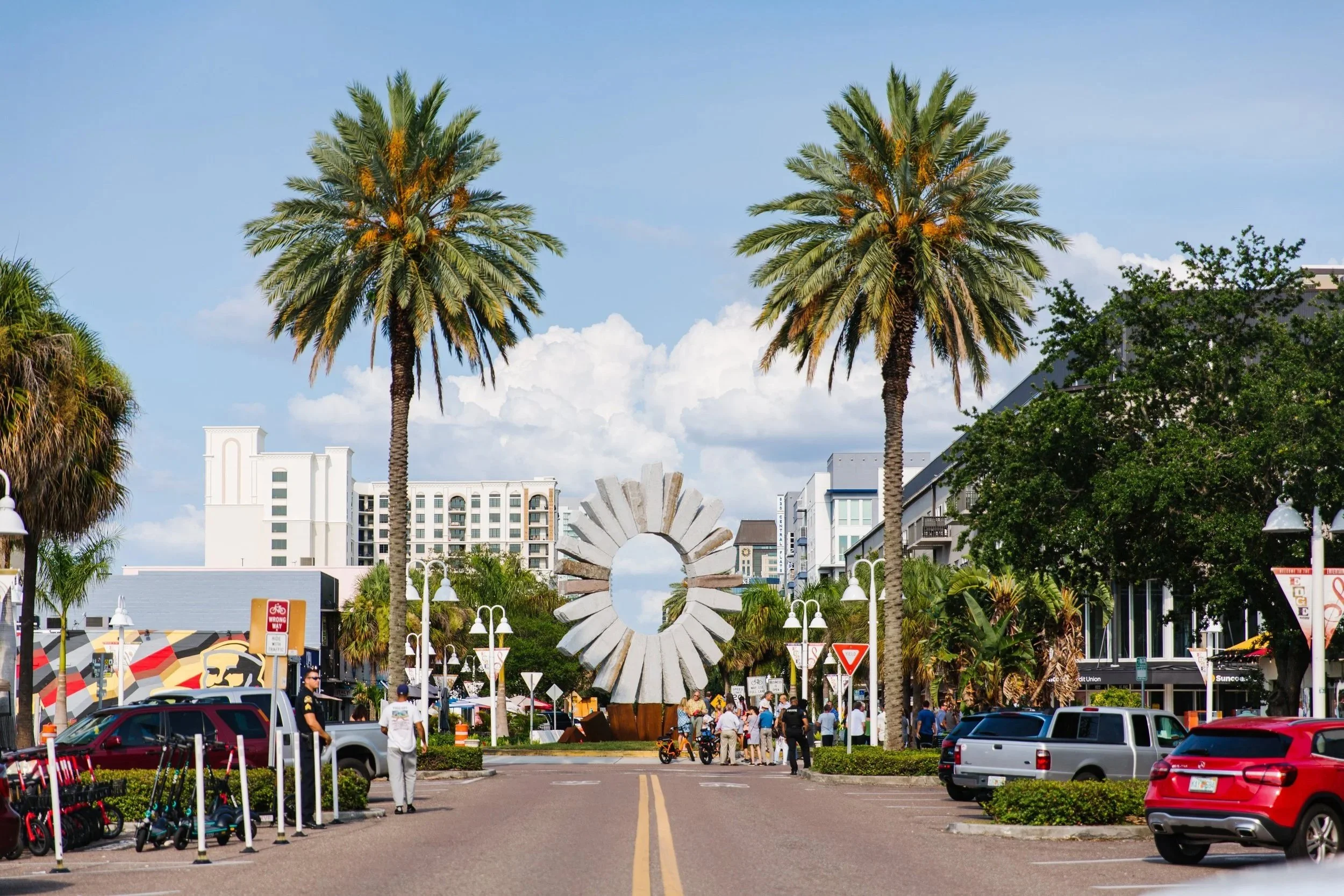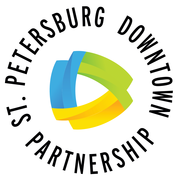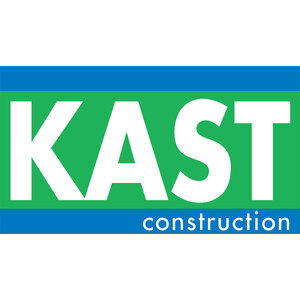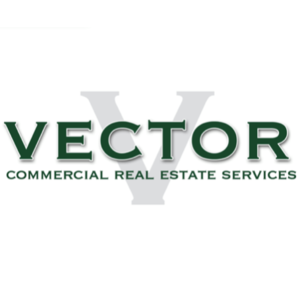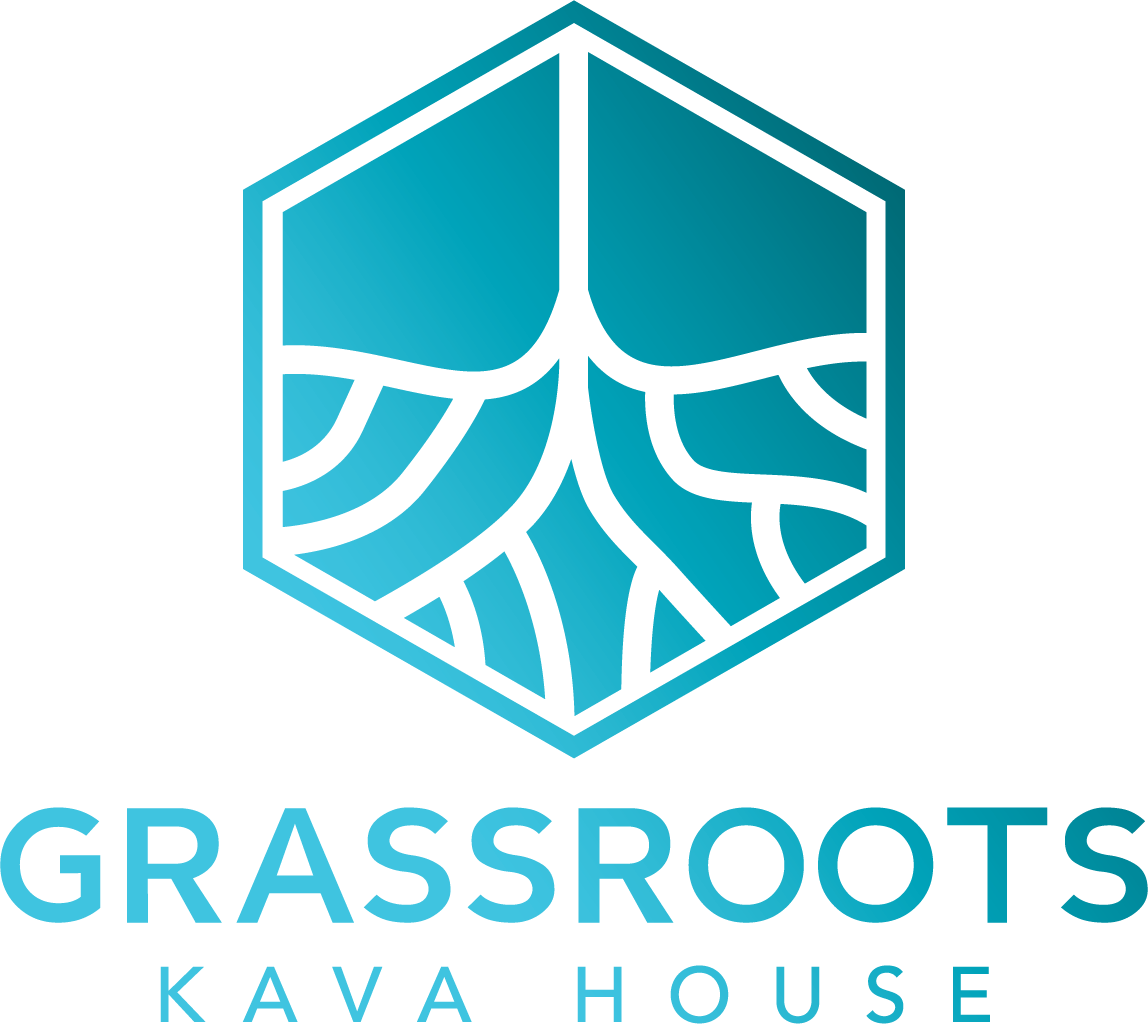City presents new vision and redevelopment concepts for Port of St. Petersburg
/The Port of St. Petersburg sits on a 4.4-acre waterfront site just south of downtown St. Pete | City of St. Petersburg
For the first time in over two decades, the City of St. Petersburg is updating its master plan for the Port of St. Petersburg — a city-owned, 4.4-acre waterfront site just south of downtown.
Situated within the Innovation District and surrounded by key institutions like the University of South Florida to the west, Albert Whitted Airport to the north, and the U.S. Coast Guard to the east, the Port is seen as a uniquely positioned but underutilized asset.
In 1999, St. Pete City Council unanimously approved a $14.8 million plan to turn the site into a cruise ship port and an educational attraction called “Port Discovery.” But the project was ultimately scrapped after engineers later estimated the cost could exceed $72 million.
Now, the city is once again considering redevelopment options.
The Port of St. Petersburg is located just across 8th Avenue South from Albert Whitted Municipal Airport, and bordered by USF St. Pete to the west and the U.S. Coast Guard station to the east | Google Earth
On June 25th, city officials and consultants from Moffatt & Nichol hosted a public meeting at The Coliseum to present three preliminary development scenarios and gather input from residents, business owners, and other stakeholders.
The event marked the first major community engagement session for the 2025 Port Master Plan effort.
“This isn’t about presenting a finished vision,” said David Wirth, Port Manager for the City of St. Petersburg. “It’s about starting a conversation and listening to what the community wants to see at the Port.”
Port St. Pete is the only superyacht marina on Florida's Gulf Coast, located on Tampa Bay | City of St. Petersburg
Three initial concepts were introduced:
Concept One emphasizes tourism, public recreation, and flexible maritime infrastructure. It maintains cruise operations and proposes a mix of waterfront amenities designed to serve residents and visitors year-round.
Concept Two prioritizes marine maintenance and vessel repair, re-establishing the Port as a working waterfront hub. While this scenario could generate skilled jobs, it would require significant infrastructure investment and is less adaptable over time.
Concept Three expands the existing Innovation District, creating more space for research institutions and related facilities, while also incorporating green space, restaurants, and public access. This approach offers high adaptability and relatively low development costs.
During the meeting, attendees raised questions about breakwater protections, sea level rise, funding strategies, and how to better accommodate mega yachts and support marine services.
Several longtime marine operators expressed a desire to see marine trades return to the Port, noting that local repair services have diminished over the years.
City officials confirmed that the Port will remain publicly owned. Any major long-term development agreements or leases would require City Council approval and likely a public referendum.
The planning process began in January and is structured in five phases. According to the project timeline, early work included site assessments, market studies, and development of planning priorities.
A survey tied to the first community meeting is open from from June 4th to July 2nd.
Next steps include refining the development scenarios based on community input.
A second round of public engagement is scheduled from September 8th to October 15th, with a follow-up survey running October 6th to 22nd.
The final Master Plan and Reinvestment Strategy is expected to be completed and presented in December 2025.
Once the final master plan is delivered in December, the City will move into the implementation planning phase, which involves prioritizing specific projects, identifying funding sources, and developing a detailed phasing strategy.
This may include applying for state and federal grants, exploring public-private partnerships, and coordinating with regulatory agencies for permitting.
The implementation plan will also guide future decisions on site design, infrastructure investment, and long-term lease or development agreements, ensuring that the Port’s transformation aligns with the community’s vision and market demand.
Residents can follow updates and participate in the process by visiting planportstpete.com.
